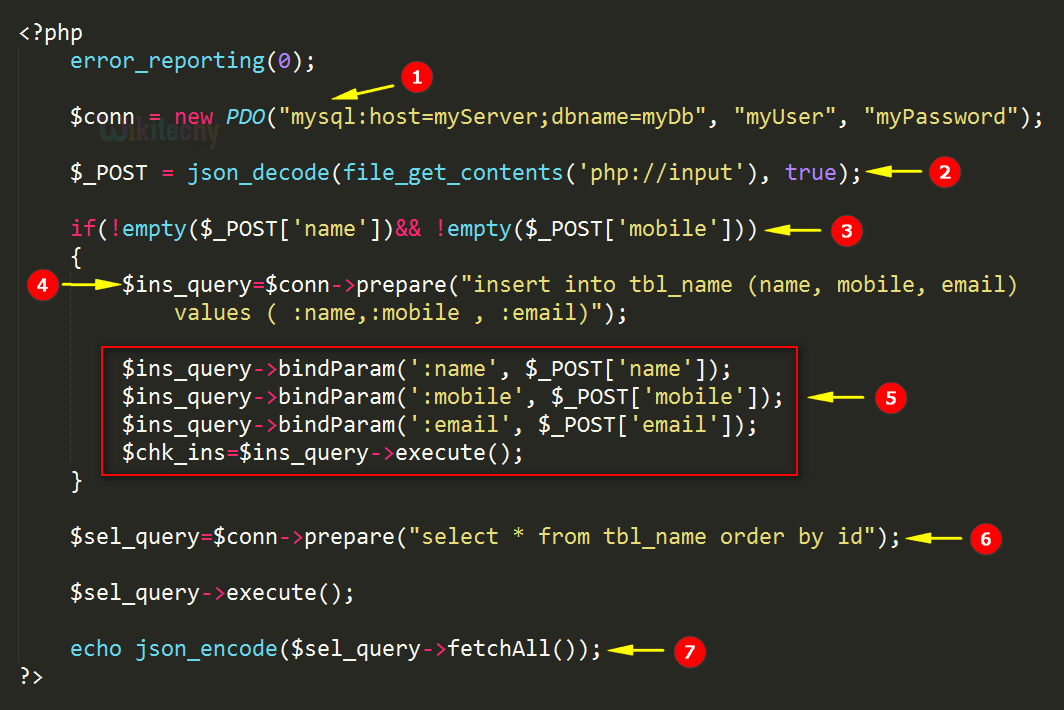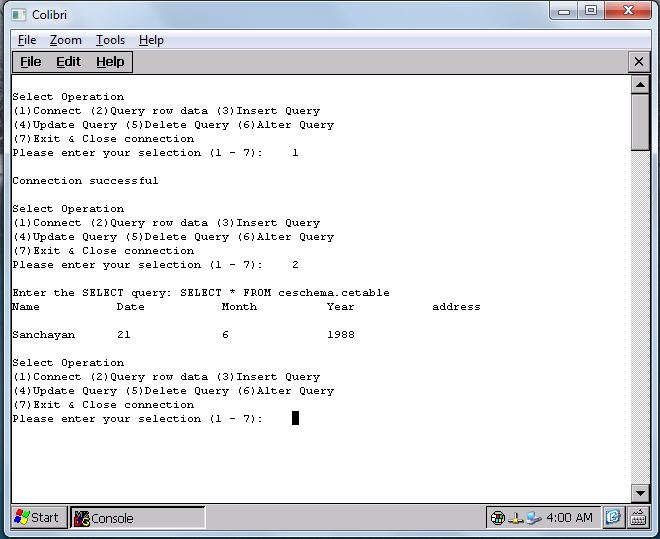In this syntax, the statement inserts rows returned by the query into the target_table. The query is any valid SELECT statement that retrieves data from other tables. INSERT INTO SELECT copies data from one table to another table. It must return the values that are corresponding to the columns specified in the column_list.

The TOP clause part is optional. It allows you to specify the number of rows returned by the query to be inserted into the target table. Insert both from columns and defined values. In some of our earlier examples we used the a SELECT statement to verify the of the INSERT statements previously issued.
As you know, the INSERT command adds records to a table and the SELECT statement retrieves data from one or more tables. Did you know that you can use a SELECT statement. You can also create more complicated Oracle INSERT statements using SELECT statements.

Specify IGNORE to ignore rows that would cause duplicate-key violations. DELAYED is ignored with INSERT. However, you cannot insert into a table and select from the same table in a subquery. I am trying to insert users, user1. Ayrıca sadece INSERT ve VALUES ve INSERT ve SELECT ile yapalım.
Girmeyeceğim alanlara NULL yazarım, girilecek alanları belirtirim. Creating a table is a separate step and is done as part of the CREATE statement (which I’ve written a guide about here). The table needs to exist first. This statement allows you to add data into a table in many ways and from several sources. Notice that the columns for which the values are not provided are filled by null.
Which is the default values for those columns. As you can see, instead of using the VALUES clause, you can use a SELECT statement. The SELECT statement can retrieve data from one or more tables.
Microsoft SQL Server Forums on Bytes. You can first insert values for the colusing the same select query which may insert multiple multiple rows into tableA. Later you can update other columns with the static values mentioned in your query. There are two ways to insert values in a table. In the first method there is no need to specify the column name where the data will be inserte you need only their values.
I wanted to select data which is inserted on the same time. No - what possible reason could you have for wanting to do that? RETURNING syntax to bulk collect the primary keys or data into a collection and could then process that collection. Hedefte belirttiğimiz tablonun var olması gerekmektedir. Hedef tabloda var olan alanlar silinmez.
Var olan alanların yanına yeni alanlar eklenir. If you want to insert more rows than that, you should consider using multiple INSERT statements, BULK INSERT or a derived table. SQLite provides various forms of the INSERT statements that allow you to insert a single row, multiple rows, and default values into a table.
In addition, you can insert a row into a table using data provided by a SELECT statement. SQLite INSERT – inserting a single row into a table. To insert a single row into a table,. The existing records in the target table are unaffected. With the VALUES clause and INSERT statement, we can assign values to columns by their positions.
In the example below, Sam would be added to the first column, M added to the second column, added to the third column and so on. As the prod_id column is defined as INTEGER PRIMARY KEY, so it is auto-incremented by SQLite. The INSERT command has two distinct ways to load data into a table.
And Both of these are very handy and have been around as far back as I can remember. Sybase IQ supports column DEFAULT values for INSERT. If a DEFAULT value is specified for a column, this DEFAULT value is used as the value of the column in any INSERT (or LOAD) statement that does not specify a value for the column. Oracle中select into from不可以使用, 用create table select代替该功能! 在Sql Server中可以正常使用。 1. Summary: in this tutorial, you will learn how to insert data into a table using the SQL INSERT statement. Introduction to the SQL INSERT statement.
SQL provides the INSERT statement that allows you to insert one or more rows into a table.
Hiç yorum yok:
Yorum Gönder
Not: Yalnızca bu blogun üyesi yorum gönderebilir.